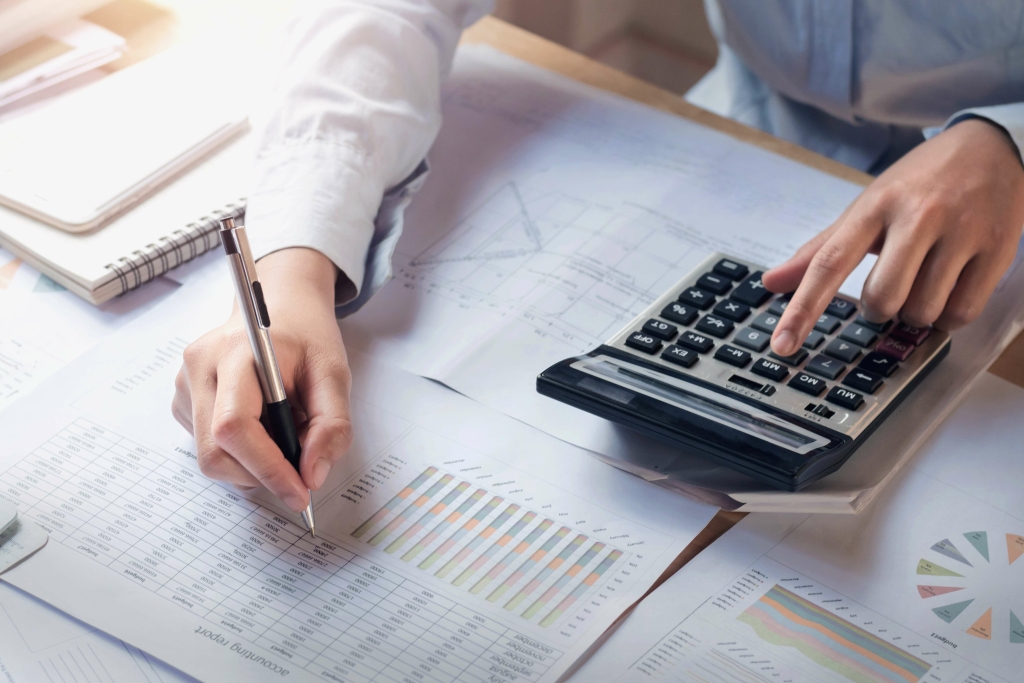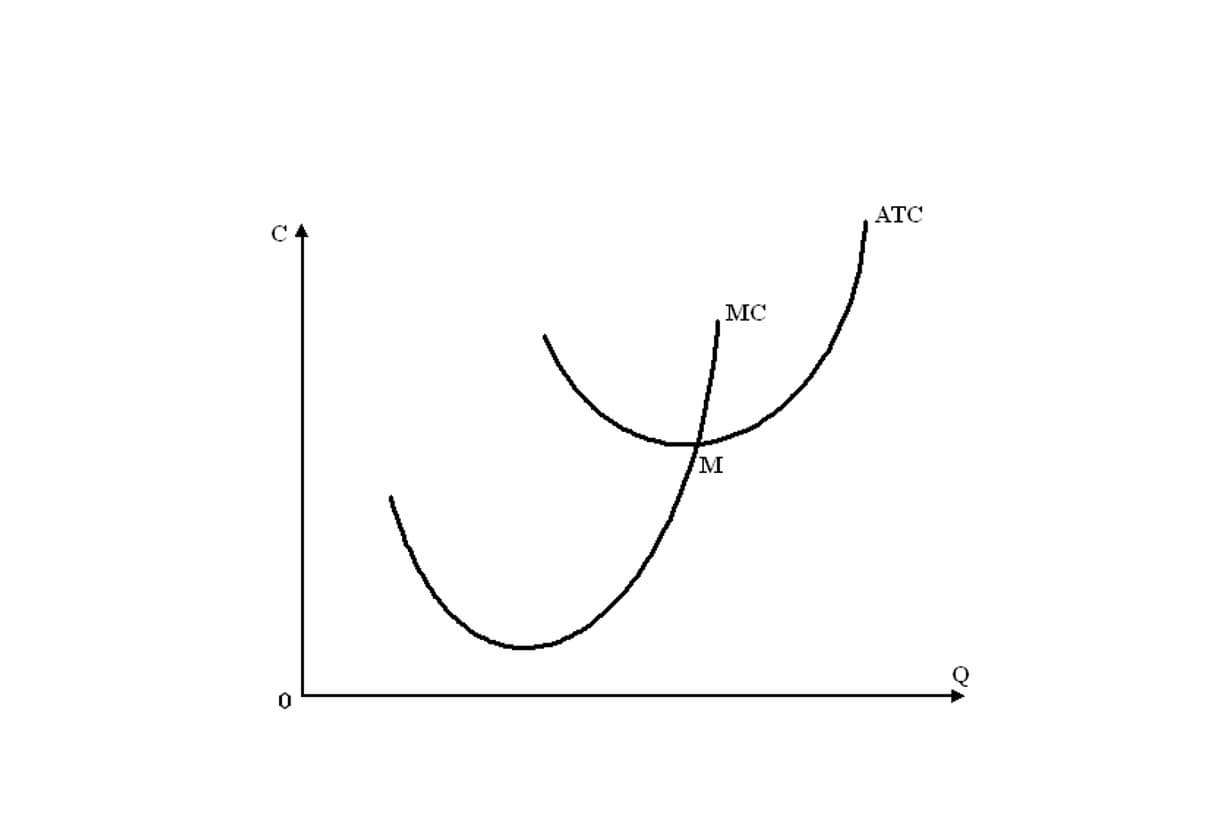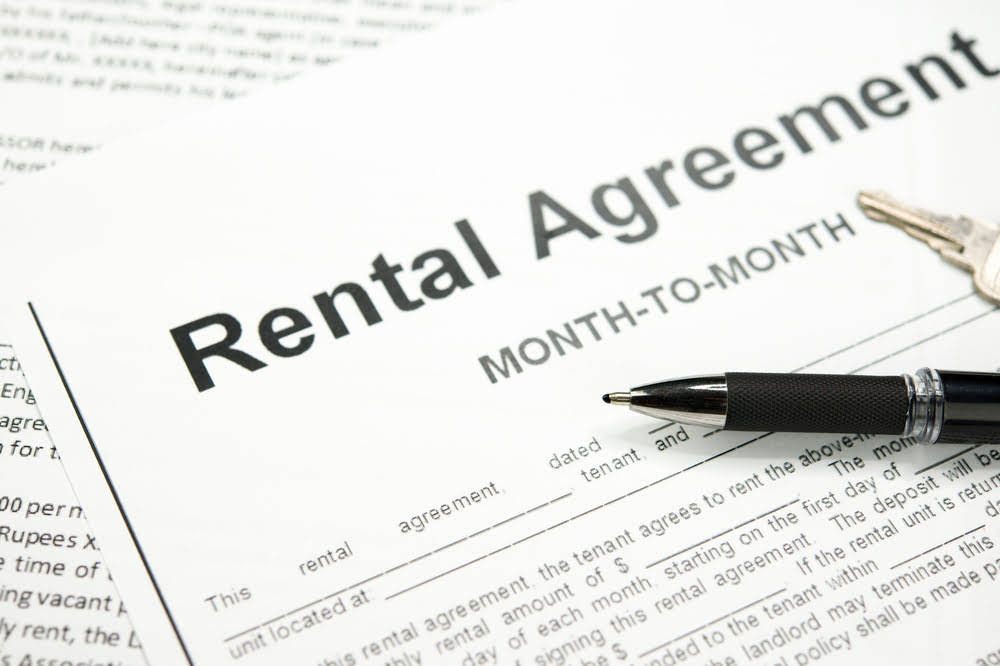
Liabilities are what a company owes to others—creditors, suppliers, tax authorities, employees, etc. They are obligations that must be paid under certain conditions and time frames. A company’s equity represents retained earnings and funds contributed by its shareholders, who accept the uncertainty that comes with ownership risk in exchange for what they hope will be a good return on their investment. If a company takes out a five-year, $4,000 loan from a bank, its assets (specifically, the cash account) will increase by $4,000.
What Are Liabilities in Accounting? (With Examples)

While this formula is the most popular, it’s not the only one used to determine a company’s ROA. Katzen says for non-financial companies, it can be helpful to add back interest expenses because of the inconsistency that can come from debt and equity capital being segregated. « ROA is used by investors to see how a company’s profitability, relative to its assets, has changed over time and how it compares to its peers, » says Michelle Katzen, managing director at HCR Wealth Advisors. « The ROA is one indicator that expresses a company’s ability to generate money from its assets. » Return on assets (ROA) is a ratio that measures a company’s profitability relative to its total assets. It shows how well (or poorly) a company is using everything it owns — from machinery to vehicles and intellectual property — to earn money.
What Is the Accounting Equation?

Assets refer to everything a company owns or controls and that holds value, such as cash, inventory, property, and equipment. Liabilities represent the company’s financial obligations, such as loans, accounts payable, and long-term debt. assets liabilities equity equation Equity, also known as shareholders’ or owners’ equity, is the residual interest in the assets of an entity after deducting liabilities. In simpler terms, it’s the ownership value in a company once all debts have been paid off.
- Like fixed assets, intangible assets may also be subject to amortization, which is similar to depreciation but applicable to intangible assets.
- You can use the Excel file to enter the numbers for any company and gain a deeper understanding of how balance sheets work.
- This transaction affects both sides of the accounting equation; both the left and right sides of the equation increase by +$250.
- We will now consider an example with various transactions within a business to see how each has a dual aspect and to demonstrate the cumulative effect on the accounting equation.
- Employees usually prefer knowing their jobs are secure and that the company they are working for is in good health.
- Introduced species can have a significant impact on native species, particularly when it comes to competition for resources and predation.
Liabilities and Debt Management

If a company’s assets were hypothetically liquidated (i.e. the difference between assets and liabilities), the remaining value is the shareholders’ equity account. For example, an increase in an asset account can be matched by an equal increase to a related liability or shareholder’s equity account such that the accounting equation stays in balance. Alternatively, an increase in an asset account can be matched by an equal decrease in another asset account.
- Want to learn more about what’s behind the numbers on financial statements?
- Amounts received in advance from customers for future products or services are considered liabilities.
- Finally, a debt-to-EBITDA ratio of 1.875, which is lower than 3, presents LTG in a good light.
- In summary, asset valuation and depreciation are crucial aspects of understanding a company’s financial position.
- Long-term liabilities, on the other hand, are due at any point after one year.
- For a company keeping accurate accounts, every business transaction will be represented in at least two of its accounts.
- A company usually must provide a balance sheet to a lender in order to secure a business loan.
Which three components make up the Accounting Equation?
The accounting equation states that the amount of assets must be equal to liabilities plus shareholder or owner equity. In conclusion, financial ratios and performance allow stakeholders to examine various aspects of a company’s financial well-being, including liquidity, solvency, and profitability. By understanding these important metrics, investors can make informed decisions about a company’s potential growth and stability, ensuring long-term success.
How to calculate equity in accounting?
Here we can see the list of all liabilities that have been reported on Hershey company balance sheet for 2023. The issuance and management of common and preferred stock play a significant role in shaping the equity structure and investor relations of a company. The purpose of depreciation is to match the timing of costs with the timing of benefits to provide owners with a clearer picture of how well the business’s assets are performing. Laura Roden’s career in financial services has covered the spectrum from investment management, brokerage, banking and corporate finance to teaching finance and entrepreneurship at the college and graduate school levels. She earned both her undergraduate and MBA degrees from Harvard University, and holds Series 7, 63 and 65 FINRA licenses.
Debt-to-equity ratio equation.
However, when the loan is provided in cash, it simply transfers existing currency from the bank to the borrower. The money supply remains the same because there is no creation or destruction of money in the process. PVGO represents the additional value in a stock’s price that is attributed to the expected future growth opportunities. It is calculated by subtracting the value of the stock with no growth from the value of the stock with growth. In this case, the dividend payout ratio is 62.5%, meaning 37.5% of the earnings will be retained and reinvested for future growth. The relationship between the stock price and the strike price determines the call option’s payoff.
Why You Can Trust Finance Strategists
The common stock and preferred stock accounts are calculated by multiplying the par value by the number of shares issued. That’s because a company has to pay for all the things it owns (assets) by either borrowing money (taking on liabilities) or taking it from investors (issuing shareholder equity). To recap, you’ll find the assets (what’s owned) on the left of the balance sheet, liabilities (what’s owed) and equity (the owners’ share) on the right, and the two sides remain balanced by adjusting the value of equity. Unlike liabilities, equity is not a fixed amount with a fixed interest rate. The left side of the balance sheet is the business itself, including the buildings, inventory for sale, and cash from selling goods. If you were to take a clipboard and record everything you found in a company, you would end up with a list that looks remarkably like the left side of the balance sheet.
